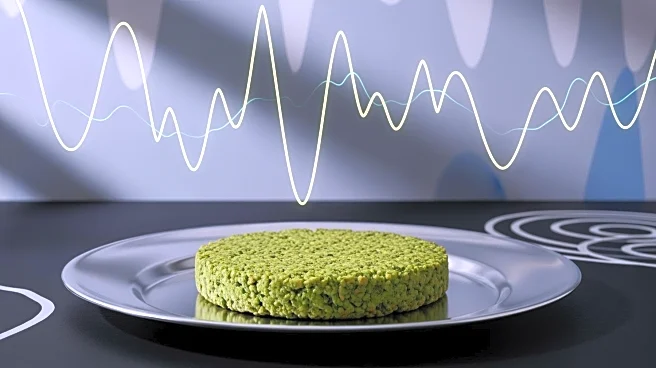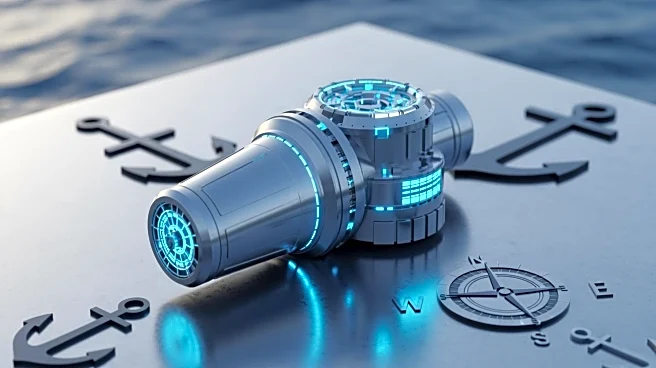What's Happening?
A 10-year-old girl named Emilia, diagnosed with a terminal brain tumor known as Grade 4 diffuse intrinsic pontine glioma (DIPG), made a poignant wish at Disneyland for her cancer to disappear. Her mother, Kayleigh Atkinson, noticed Emilia's symptoms,
including headaches and nausea, which led to a series of medical tests and the eventual diagnosis. The family, based in the U.K., took a trip to Disneyland Paris before Emilia began her radiotherapy treatment. During the visit, Emilia wished for her cancer to go away, a moment that deeply moved her mother. The family has been documenting Emilia's journey on social media, where her story has resonated with many, garnering significant attention and support.
Why It's Important?
Emilia's story highlights the emotional and financial challenges faced by families dealing with severe childhood illnesses. DIPG is a rare and aggressive brain tumor that primarily affects children, with around 300 cases diagnosed annually in the U.S. The family's experience underscores the need for increased awareness and funding for research and treatment options for such conditions. The public's response, including donations to a GoFundMe campaign for clinical trials, reflects a broader societal empathy and willingness to support those in need. This case also illustrates the power of social media in connecting people and raising awareness about critical health issues.
What's Next?
Emilia is currently undergoing radiotherapy and the family is exploring additional treatments, including clinical trials that could extend her life. The funds raised will help cover the costs of these treatments and associated expenses. The family is awaiting confirmation on which clinical trial Emilia will be eligible for, which may require travel. The ongoing support from the public will be crucial in enabling the family to pursue all possible avenues for Emilia's treatment.
Beyond the Headlines
This story brings to light the emotional toll on families dealing with terminal illnesses in children. It raises ethical questions about access to experimental treatments and the financial burden on families seeking potentially life-saving interventions. The case also highlights the role of community support and the impact of collective action in addressing healthcare challenges.














